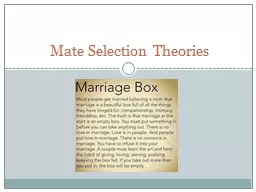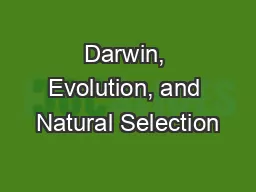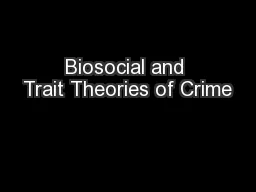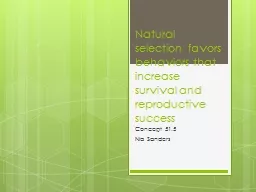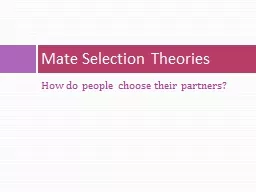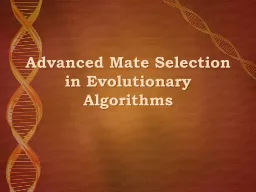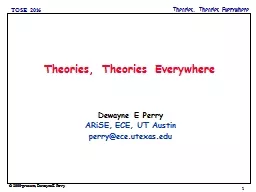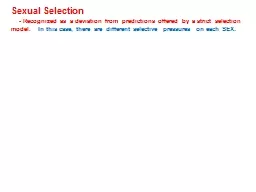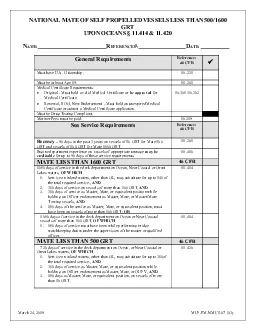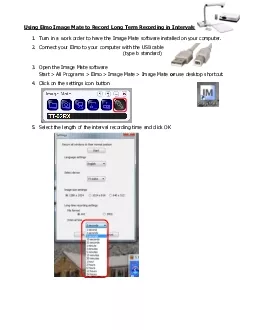PPT-Mate Selection Theories
Author : celsa-spraggs | Published Date : 2016-11-22
https wwwyoutubecomwatchvBRRuQ5cM45o Why do people marry Trapped Escape Obligation Status Change Set Variable Pity Love Pressure Companionship Money Family Common
Presentation Embed Code
Download Presentation
Download Presentation The PPT/PDF document "Mate Selection Theories" is the property of its rightful owner. Permission is granted to download and print the materials on this website for personal, non-commercial use only, and to display it on your personal computer provided you do not modify the materials and that you retain all copyright notices contained in the materials. By downloading content from our website, you accept the terms of this agreement.
Mate Selection Theories: Transcript
Download Rules Of Document
"Mate Selection Theories"The content belongs to its owner. You may download and print it for personal use, without modification, and keep all copyright notices. By downloading, you agree to these terms.
Related Documents

